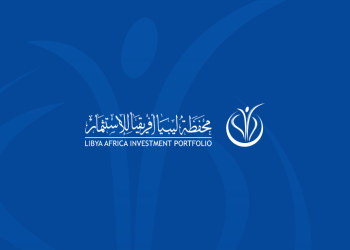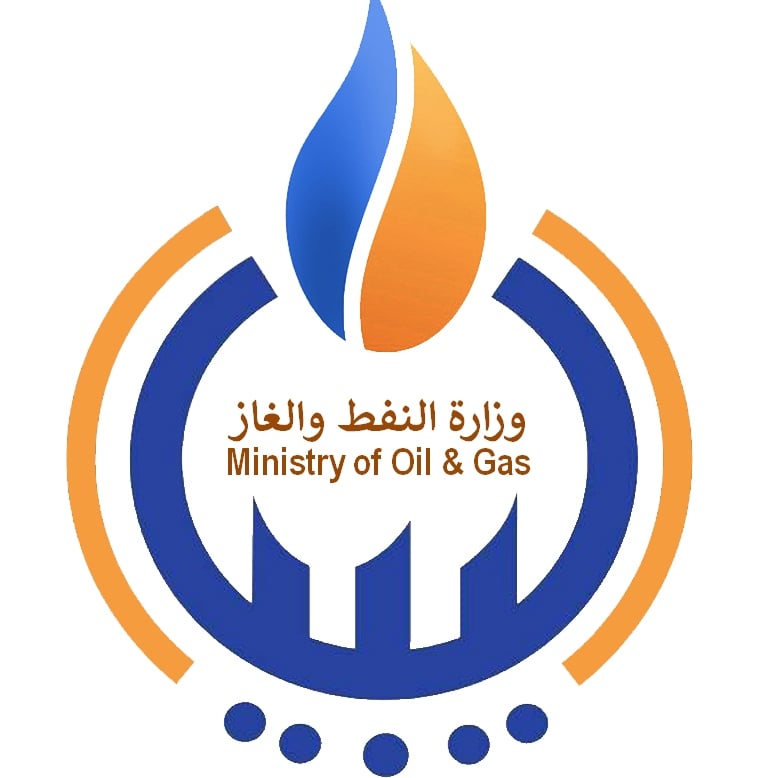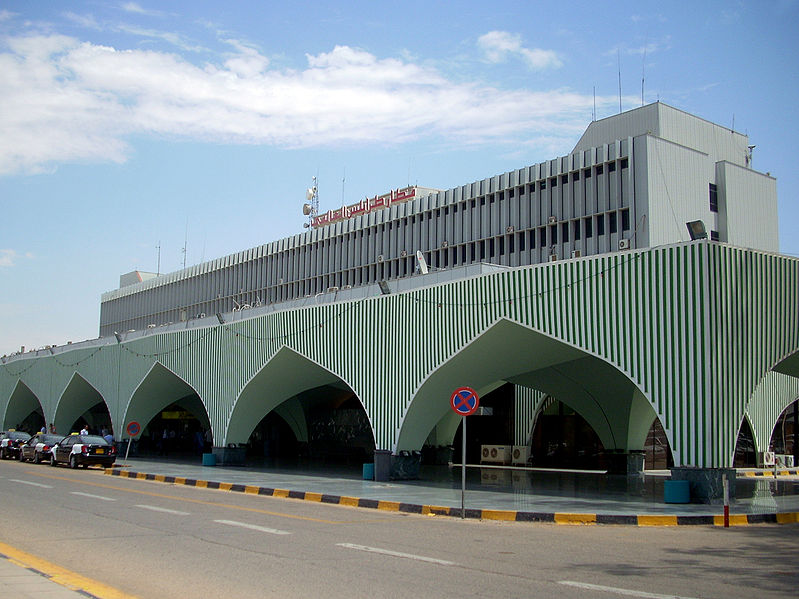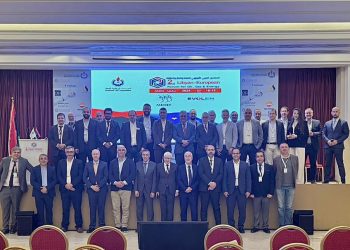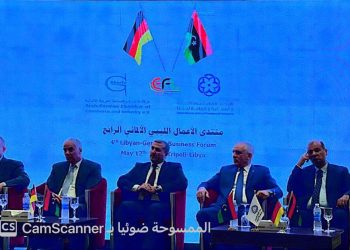By Libya Herald reporters.

Tripoli, 23 April 2014:
The struggle continues to . . .[restrict]control and manage Libya’s accumulated oil wealth, once used by the Qaddafi family and its cronies as one of the world’s biggest private wallets.
Accountants Deloitte are reported to have found that the Libyan Investment Authority (LIA) has title to some $66 billion-worth of assets but the extent to which they are controlled, let alone properly audited, remains unclear.
In an effort to bring some sort of profitable order to a part of its holdings, the LIA is looking to mandate the management of up to $11 billion of its portfolio in what its has characterised as a change of strategy. Fund managers are likely to be queuing for some potentially complex but lucrative business.
“The LIA will no longer manage investments as it did in the past – we will manage external managers,” LIA chairman Abdulmagid Breish told the Financial Times last week. Breish came to the LIA last year from the Bahrain-based Arab Banking Corporation, which is now majority Libyan-owned. There he worked closely with the bank’s respected former boss Abdullah Saudi .
Breish went on to say that though the LIA had been been approached by many fund managers, eager for the business, a “beauty parade” for the award of the mandate was not yet being organised.
“We will have to prepare our risk profile and allocation,” he explained. “Once that is done, we will identify which best-in-class fund managers will be suitable”.
Breish also indicated to the FT that London was likely to be a core centre for LIA’s investment activity.
The sovereign wealth fund is expected to be highly selective in its choice of fund management partners. It has been the victim of some spectacularly ill-advised complex derivative trades. The LIA is currently alleging that, during the former regime, it lost up to $2.5 billion on just two separate deals. It is now suing Goldman Sachs in the High Court in London for the loss of $1 billion. Also in the British capital it has started an action against Société Générale for a $1.5-billion loss, thanks to a deal it claims was put together with the French bank through the fraudulent intervention of middlemen associated with Qaddafi inner circle.
It is not simply the profitable management of its extensive portfolio – it has holdings in around 550 different companies – that is the challenge for the LIA. Its mission statement “Evidence-based approach to management” is proving all too relevant, though perhaps not in the way intended.
Since the revolution, LIA managers, including Breish, have struggled to both identify and secure control of a huge portfolio of assets, nominally valued at $66 billion, most of which were originally frozen as a result of anti-Qaddafi regime sanctions.
The task of gathering evidence on the whereabouts of the LIA’s investments has been compounded by its Byzantine subsidiary structure which includes the Libyan Foreign Investment Company (LFICO), the Longterm Investment Portfolio, the Libyan African Investment Portfolio (LAIP), the Oil Invest Company and Dalia Advisory, LIA’s UK investment arm with offices in London’s Mayfair.
If the experience two years ago of the new management of LAIP is anything to go by, many historic deals lacked proper paper trails, simply because they were being undertaken at the behest of senior members of the regime. A year ago, Ahmed Kashadah, the man given the job of sorting out the mess at the $5-billion fund, told the Libya Herald that in the early days, he wondered if he and his small team would ever manage. It did not help that, as with so many other state institutions, the LAIP offices had been trashed by looters, though Kashadah suspects that the vandalism may have been deliberate. He called in the forensic accounting expertise of PricewaterhouseCooper, Grant Thornton and KPMG while Deloitte exercised a supervisory role at the LIA parent.
A source close to the LAIP told this newspaper at the end of last year that although the LAIP portfolio was relatively simple in comparison with other parts of the LIA, by no means all its assets had been recovered. Some appeared to have been cashed out and completely disappeared. In addition, the fund was still fighting to retrieve its $480 million 75-percent stake in Zambian telecoms operator Zamtel, seized by the government in Lusaka on the grounds that the 2010 purchase had been influenced by corrupt payments.
Almost as soon as Tripoli was liberated, the National Transitional Council sought to establish the true position of the LIA and its subsidiaries, even though its assets were supposedly frozen as part of the international sanctions against the Qaddafi regime. The LIA hired US asset recovery specialists, Command Global Services (CGS) to start the hunt for missing bits of its portfolio. The NTC had set up an Asset Recovery Committee (ARC) to work with the LIA, in part because there were concerns about some Qaddafi-era executives who had remained in post.
However in its turn, the Zeidan government established the Tracing and Assets Recovery Support Bureau (TARSB) with the same brief as the ARC, which continued its own work. Last October, CGS was relieved of its asset-recovery contract and the work handed to rival US firm Kroll.
It remains unclear why Kroll replaced CGS. Nor is there yet clarity on the recovery process. There has been no public statement on the progress of any of the various investigations by committees, forensic accountants and asset recovery specialists. However, the one certainty would seem to be that when the LIA decides to award the mandate or mandates to manage $11 billion of its portfolio, the engagement is unlikely to go to either Goldman Sachs or Société Générale, assuming they even decide to pitch for the business in the first place.
[/restrict]




